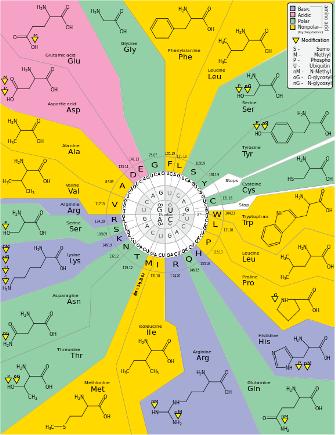- Series:Humans, Transcript English
Proverbs 3:11-12
“My son, despise not the chastening of the LORD; neither be weary of his correction: For whom the LORD loveth he correcteth; even as a father the son in whom he delighteth.”
It sounds like science fiction to suggest that if someone typed your name into a computer and misspelled it, the computer would find and correct it. This would need a very sophisticated software program.
But did you know there is an even more sophisticated information storage and transmission system in each of your cells – your genetic code? Not only does your genetic code store far more information in a  microscopic space than can our largest computers, it also has a built-in error correction system. Scientists have discovered a number of key enzymes within the cell that have just one job: find and correct errors in the genetic code. Those errors can creep into the code because of radiation, certain chemicals, or other outside forces. The enzymes faithfully correct any errors, preventing mutations – the same mutations that scientists thought could cause evolution. One expert on enzymes has stated that science has no explanation for how such sophistication could have evolved. Neither is there any explanation for how life could have continued without this genetic proof-reading and correction capability.
microscopic space than can our largest computers, it also has a built-in error correction system. Scientists have discovered a number of key enzymes within the cell that have just one job: find and correct errors in the genetic code. Those errors can creep into the code because of radiation, certain chemicals, or other outside forces. The enzymes faithfully correct any errors, preventing mutations – the same mutations that scientists thought could cause evolution. One expert on enzymes has stated that science has no explanation for how such sophistication could have evolved. Neither is there any explanation for how life could have continued without this genetic proof-reading and correction capability.
Only our Creator could have been wise enough to design an information system that can correct its own errors. Even we human beings have not figured out how to do this with our much simpler computers. Certainly, blind chance could never do what the best of human intelligence can do!
Prayer:
Dear Father, just as You have designed a chemical system to remedy errors in our genetics, Your plan of salvation by grace through faith in Jesus Christ’s atoning work gives the full remedy for sin, including a new life. Grant me Your Holy Spirit so that I may be enabled to better live that new life You give me. In Jesus’ Name. Amen.
Author: Paul A. Bartz
Notes:
Photo: Chart showing the relationship between codons and amino acids. Courtesy of Seth Miller.
